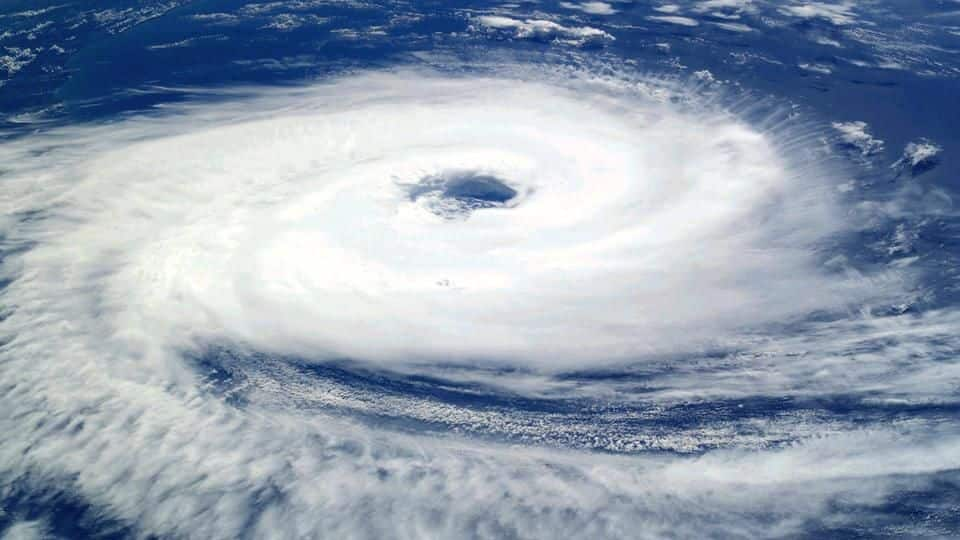
Here's how Ockhi and other cyclones get their names
What's the story
India is bearing the brunt of Cyclone Ockhi, which has ravaged the south and is moving towards the western coast.
Which brings to mind a very intriguing and interesting question: how did it get its unique name?
The name 'Ockhi' was given by Bangladesh. The word means 'eye' in Bengali.
Here's how the tropical cyclone naming system works, especially in the Indian Ocean region.
Do you know?
Why name cyclones in the first place?
Before the advent of the cyclone naming system, storms used to be identified by numbers, or by latitude and longitude. It's much easier to remember and identify them with names, especially when there's more than one storm to track.
Naming
So how are cyclones named?
Tropical cyclones are named by 11 warning centres under the aegis of the World Meteorological Organization (WMO).
The WMO Regional Tropical Cyclone Committee for the SE Pacific can reject or substitute names submitted to it. A name is selected based on popular mandate.
In each region, several countries are involved in the naming process.
Indian Ocean
What about cyclones in and around India?
The North Indian Ocean region covers eight countries- Bangladesh, India, Maldives, Myanmar, Oman, Pakistan, Sri Lanka and Thailand.
In 2004, a formula was agreed upon: each submitted eight names (totalling 64) from which names are chosen sequentially.
The first tropical cyclone named this way was 'Onil' in 2004, named by Bangladesh.
IMD names cyclones originating in the North Indian Ocean basin between 45°E-100°E.
Names
This is what the cyclone after Ockhi will be called
Till now, several names contributed by different countries have been used: there was Nilam (Pakistan), Murjan (Oman), Mahasen (SL), Phailin (Thailand), Agni, Akash, Bijli and Jal (India).
Other names suggested by India include Leher, Megh, Sagar and Vayu. Pakistan has proposed Bulbul, Nilofar and Titli.
The next cyclone in this region will be called Sagar (India), which will be followed by Daye (Myanmar).